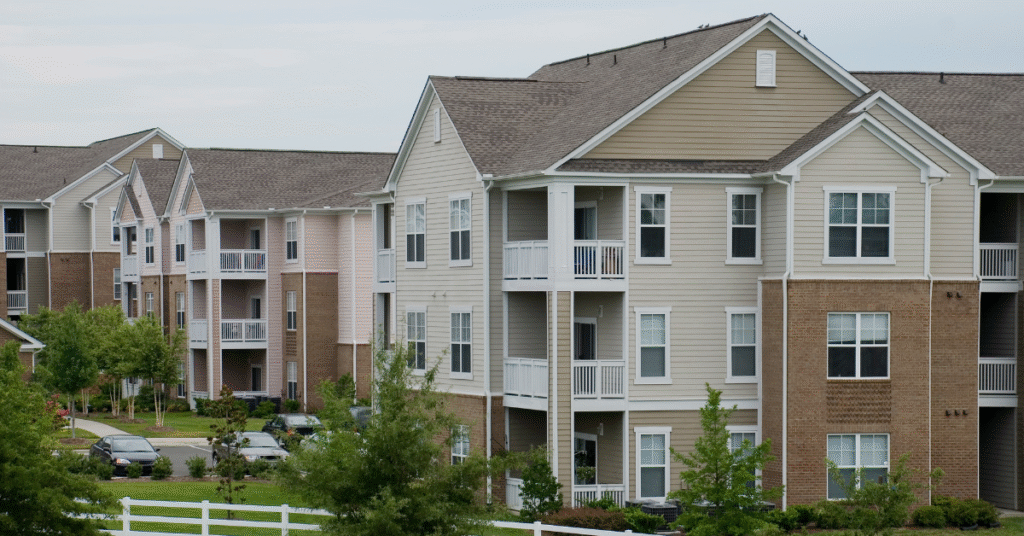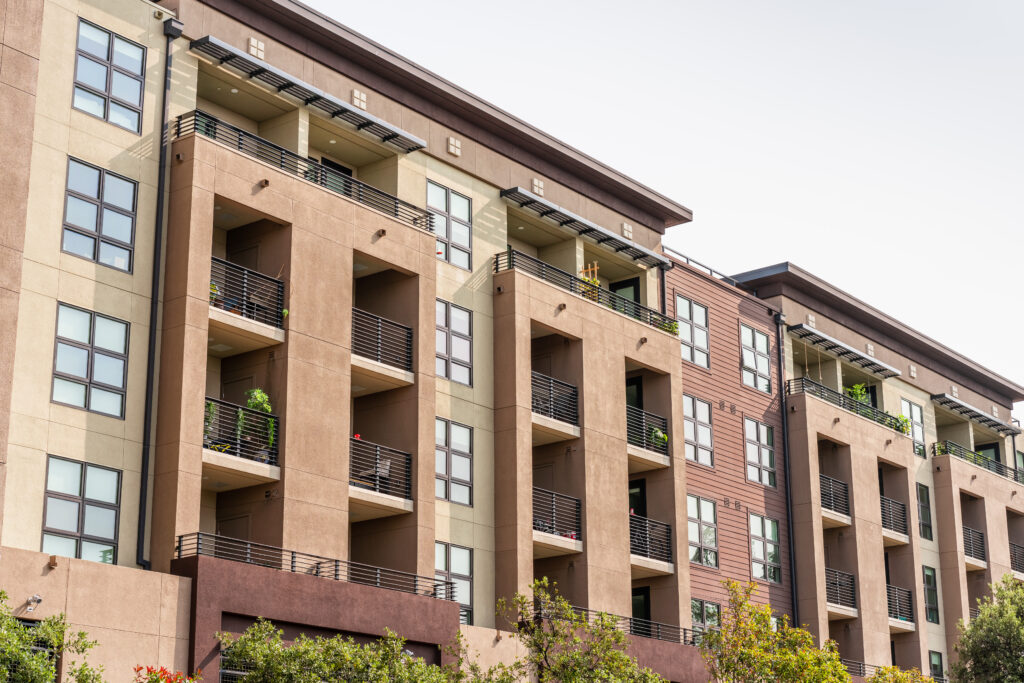For investors seeking stable cash flow and long-term value creation, multifamily real estate continues to stand out as one of the most resilient and strategically positioned asset classes. Against the backdrop of affordability challenges in the single-family market and an ongoing national housing shortage, multifamily properties are playing an increasingly critical role in meeting U.S. housing demand.
Single-Family Challenges Drive Multifamily Growth
Homeownership remains aspirational, but affordability continues to be the central barrier. While mortgage rates have recently eased to 6.58% on a 30-year fixed loan, elevated borrowing costs have kept many middle-income households on the sidelines.
The result: single-family home sales declined 2.7% in June, according to the National Association of Realtors, even as inventories reached 20-year highs, while the median new home price fell 6.2%, reflecting ongoing softness in the market.
For those allocating capital: when purchasing a home is out of reach, households rent instead. Multifamily real estate stands ready to absorb this demand and provide dependable returns.
This highlights how multifamily demand is becoming a central driver of investment performance in today’s housing market.
Growing Demand Supports Multifamily Performance
The multifamily sector has responded with strength. In Q2 2025, net absorption rose 47% year-over-year, marking the highest second-quarter performance in over three decades. Vacancy declined to 4.1%, well below long-term averages, despite elevated levels of new construction. Effective rents are rising again, with June registering the fastest annual increase since mid-2023.
These dynamics reflect both cyclical and structural tailwinds. Cyclically, multifamily benefits as single-family affordability declines. Structurally, the U.S. remains short an estimated 2 million homes, with unmet demand concentrated in growth markets across the Sun Belt, Southwest, and Midwest.
Navigating Today’s Market Environment
While demand is strong, today’s investment environment requires selectivity. Elevated construction pipelines in certain metros are likely to put short-term pressure on vacancy rates and temper rent growth. Forecasts for 2025 call for national rent growth of 2.2%, slightly below the historical average, as supply continues to be absorbed.
On the capital markets side, transaction volume is expected to rebound moderately in 2025, reaching $370–$380 billion. This is being driven by loan maturities requiring refinancing, sidelined capital reentering the market, and increasing price stability. For investors, this creates a window to acquire quality assets in strong locations at more attractive entry points than were available just two years ago.
Strategic Takeaways
- Prioritize Fundamentals Over Headlines: Focus on metros with strong job growth, diversified economies, and limited new supply. These markets are best positioned to deliver durable returns.
- Be Selective on Timing: Elevated supply is a short-term factor. Investors with a medium- to long-term horizon stand to benefit as new construction moderates in 2026 and beyond.
- Evaluate Risk-Adjusted Returns: With spreads narrowing, look closely at sponsor experience, leverage levels, and deal structures. In this environment, execution matters more than ever.
For high-net-worth investors balancing wealth preservation with growth, multifamily real estate continues to present a compelling opportunity. The sector’s resilience amid economic uncertainty, coupled with structural housing shortages and demographic demand, positions it as a core component of a diversified investment strategy.
As affordability challenges persist in the single-family sector, multifamily is not just filling the gap—it is shaping the future of U.S. housing. For investors, that means a chance to position capital where long-term demand is both clear and durable.
When You’re Ready… Here’s 3 Ways We Can Help:
- Connect With Our Team: Whether you’re exploring passive real estate for the first time or you’re a seasoned investor looking for a trusted partner, our team is available to answer your questions. Schedule a confidential strategy call to learn more about our investment philosophy, current opportunities, and how we help investors achieve income, growth, and tax efficiency.
- Join Our Private Investor Portal: Gain exclusive access to our current offerings and ongoing pipeline of multifamily investments. Inside, you’ll find detailed financials, market insights, and structured deal overviews—all designed to help you make informed, confident decisions about where to place your capital.
- Review Our Investment Strategy: Get a clear understanding of how we source, underwrite, and manage multifamily assets. Our strategy is built around long-term wealth creation, consistent passive income, and disciplined risk management. Learn what sets us apart and why sophisticated investors choose to partner with us.






